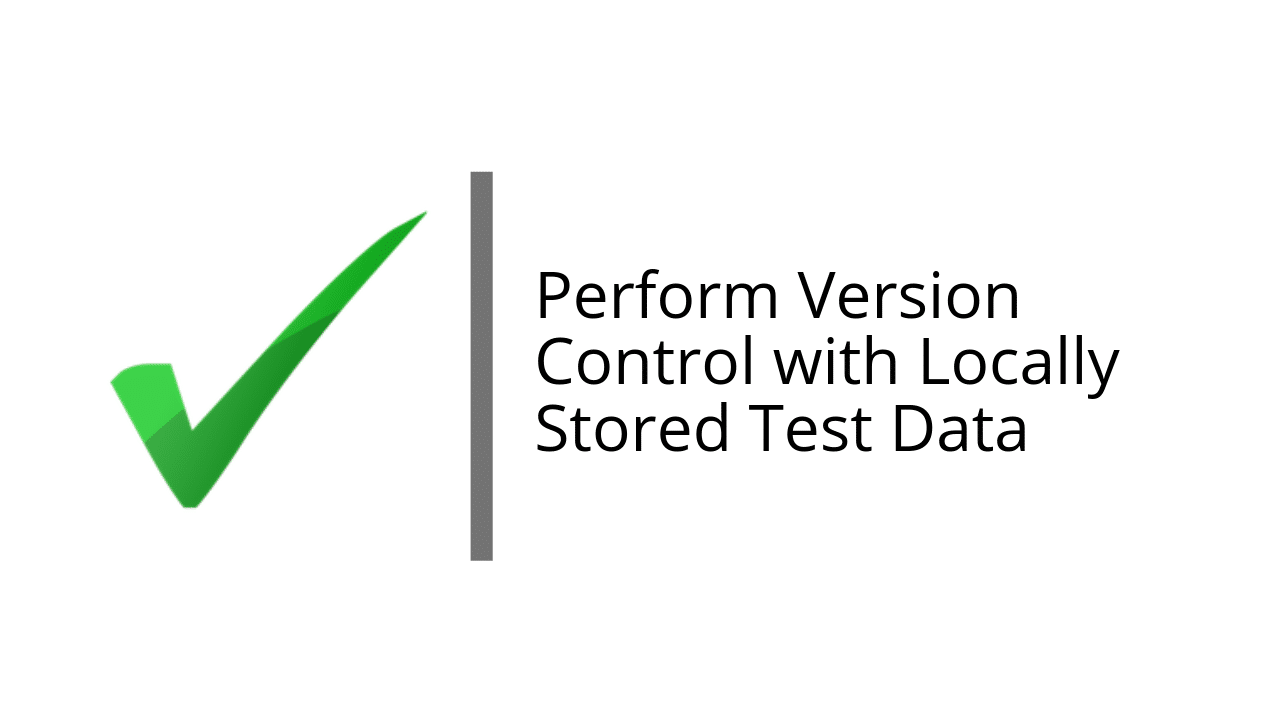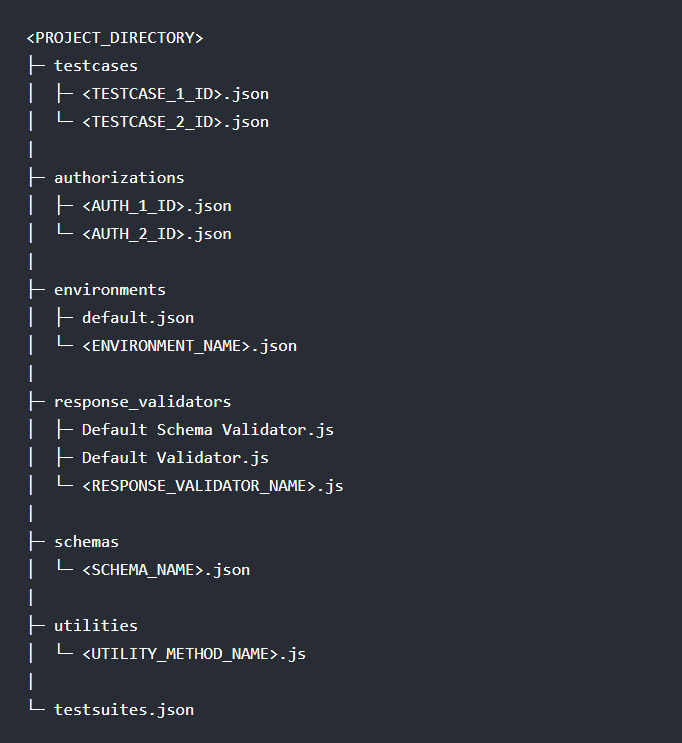Version Control for Test Data: A Guide with vREST NG
Learn how vREST NG facilitates version control for your locally stored test data, enhancing your API testing processes.
Start Free Trial
Learn how vREST NG facilitates version control for your locally stored test data, enhancing your API testing processes.
Start Free Trial
There are several API Testing tools/software out there, that offer Version Control of Test Data, but the only problem with them is that their system of Version Control is not implemented in an understandable way. Their Version Control is very much restricted to the User Experience of their own tool.
Ideally, any feature/functionality should be implemented in such a way that people using the tool (or starting to use it) should have no hassle in getting on board. In fact, the functionality should be aligned with their current habits.
So that being said, ask yourself this one question, “What is the most common version control system out there in the data test?” The answer will be, “GIT!” Yes, it is correct, that Git is the most used Version Control system and this is the reason why we need Testing software/tools that allow us to store our test data in git repository smoothly.
There is not much API Testing software that has used the power of Local (File System) Storage. Most of the testing tools use databases to store the test data, which is not bad at all but is very limited.
vREST NG, on the other hand, allows you to store data locally on your file system. This ability to have full control over your test data opens up immense possibilities. Let’s take a look into each one of such possibilities of testing tools, and try to understand what benefits you can get from them.
One of the most well-taken-care-of areas while building the tool was the structure of the test data. The structure of the test data is very important when it comes to understanding what you have made. So, let me show you what it looks like,

In vREST NG, you start off by making a Project by going into your vREST Workspace. A vREST Project is nothing but an independent directory and that directory will have several other directories containing files of your test data. These files that the Project directory contains are also structured very well and can be understood at a glance.
This gives you the ability to properly understand your test cases (both by reading the files or through the GUI application), which eventually helps you to debug your data test case logic.
Reviewing your Team’s efforts can be a very cumbersome task if you don’t have the right testing tools to compare and find out the errors. Git is the best thing that we know of, that allows us to compare several merge requests find out the conflicts, and report to the Team member. Well, let’s think outside of Git. You can also use any version control system, other than Git. This is because you have the data under your control, you can use it anywhere you want.
Since the data in the testing software tools is stored in such a structured manner, the review process in test api will be a piece of cake. If you want to see how much more beneficial it can be, then look at it this way, “It is like writing Test Suites of Code without even writing a line of code!” This is because you are just making the whole test suite in vREST NG GUI, and it is being stored in a structured format like shown above, which you can review later.
It is just like the good ol’ system of making a repository of your test suites and then managing it. There is no need to learn new ways of Version Control. This allows you to focus more on your work, and not on maintaining the test api.

Local storage of your data will allow you to get firm control over your data. Do you know what else comes with such control over your data? Security! This is the concern of most of the people who are strict about their data being stored on version control software cloud where they do not have any jurisdiction.
In such a case, if the data is stored locally, then it makes things a lot simpler because the security of the test data will be equal to the security level that you have set on your test environment.
One of the best parts of vREST NG is the ability to create, edit, and maintain test suites easily. There are several reasons to support this statement. Let’s see them one by one,
Firstly, vREST NG supports Data Driven Testing (in Data Driven Testing, you have to separate the data from automation logic, by storing it in a data file, for eg, an excel sheet). Once you have implemented Data Driven Testing, you will come to know that making changes in the excel sheets is a piece of cake.

Secondly, if you are not using the Data Driven Testing in vREST NG, even then the test cases are stored in JSON file format under your project directory, which is pretty easy to understand and edit. Thus, if you are more likely to make changes in your test data directly into the files, then that would not be a problem.
Lastly, if you are not a tech-savvy person and you are more likely to use the GUI interface to do stuff, then you can do that too. You can also be dependent on the vREST NG application. The User Experience is so easy that it will only take you, about, 5 mins to understand the whole system, and then you can start writing complex test cases for your API.
These are only a few such reasons, but, when you start using the version control software itself, you will realize that it makes things much easier.
The best thing about vREST NG is that it has an interface, so simple, that anyone who is willing to start API Automation testing, can just hop on and start writing test cases.
When I say anyone can use vREST NG, I mean to say that a person who is not very skilled in coding can start working with vREST NG. The main reason for this is, again, Data Driven Testing and Scriptless Assertions.
While writing test cases for your APIs, there is minimal need to write code. Even the assertions are totally scriptless and if you add Data Driven Testing to it, then everything becomes a lot easier because you have separated the data from the automation logic. Once you have the data separate from the automation logic, you will be able to make changes very fast and see respective results when you are using testing software tools.
In closing, I would say that having the data stored on your local file system adds all the benefits that are stated above, but the biggest benefit that someone can get from all of this is the power and control over your own work, which other testing software tools/software are reluctant to provide you with.
For more information and to explore the capabilities of vREST NG, visit Optimizory. Optimize your testing workflow with Optimizory today!

Record, Specify, Test and Mock your RESTful and Other Web APIs.